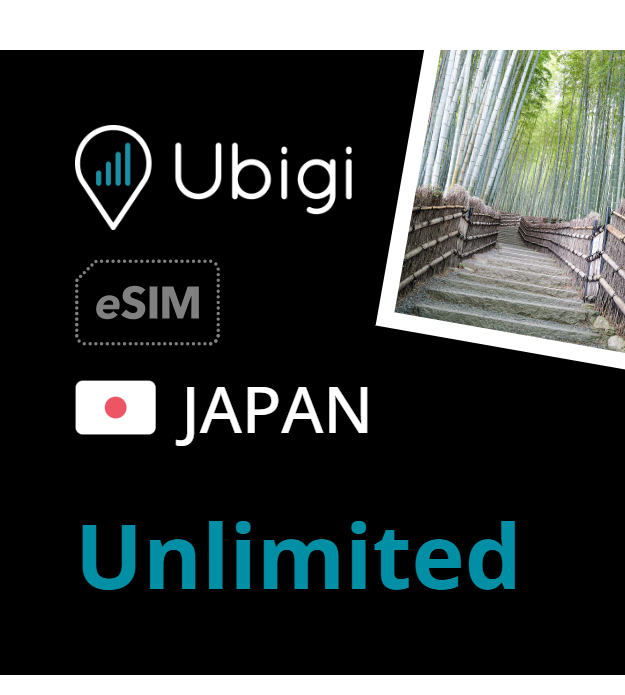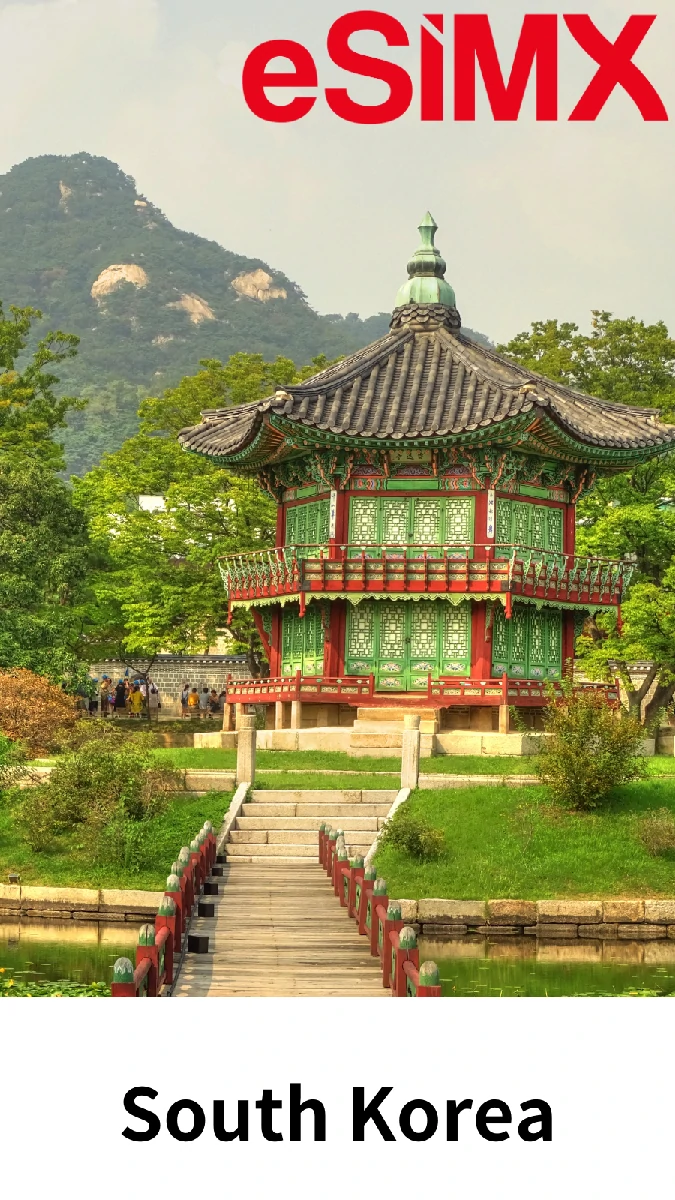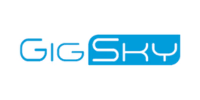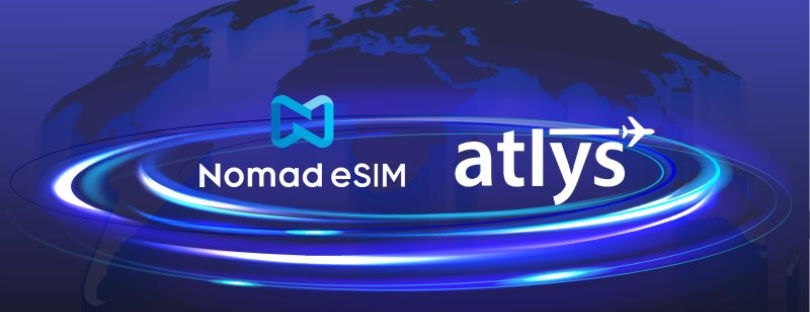
Asia’s eSIM Advantage: Why Tokyo, Seoul, and Singapore Are Already Years Ahead of Europe
Walk into an electronics shop in Tokyo, Seoul, or Singapore today and you’ll notice something striking: mobile connectivity feels almost… frictionless. No fiddling with plastic SIM cards, no long waits at a counter while someone photocopies your passport, and no awkward “is my plan active yet?” moments. Instead, locals and travelers alike are using eSIMs — digital SIM cards that activate in seconds with a QR code or app.
Meanwhile, in Europe, many travelers still find themselves queuing at kiosks in airports or fumbling with SIM ejector tools. Yes, eSIM is available in Paris, Berlin, or Rome, but the adoption curve is nowhere near as steep as in Asia.
So why is Asia so far ahead? Let’s unpack Tokyo, Seoul, and Singapore as case studies — and then see why Europe is still playing catch-up.
Tokyo: innovation meets infrastructure
Japan has long been a connectivity pioneer. Remember when the rest of the world was marveling at flip phones with color screens in the early 2000s? Japan had already moved on to mobile internet, video calling, and near-field payments. That culture of early adoption created a fertile ground for eSIM.
- Local carriers embraced it early. Major Japanese operators like NTT Docomo, KDDI (au), and SoftBank didn’t just treat eSIM as a niche product for techies. They marketed it as mainstream, especially for tourists and expats who could benefit from hassle-free short-term plans.
- Travel demand accelerated uptake. Japan’s pre-pandemic tourism boom (nearly 32 million visitors in 2019) meant that providers had to offer quick, scalable solutions. eSIM was a natural fit. Today, vending machines at Narita and Haneda airports dispense QR codes for instant eSIM activation.
- Integration with devices. Japan has an extremely high penetration of Apple, Samsung, and Google devices — all of which are eSIM-compatible. That means the infrastructure and consumer readiness were aligned from day one.
In short, Tokyo didn’t treat eSIM as “future tech.” It treated it as the present.
Seoul: hyper-connected by default
If you’ve ever traveled to South Korea, you know the joke: the Wi-Fi is faster on the subway than in your apartment back home. Connectivity is deeply embedded in Seoul’s urban culture, and that naturally extends to mobile networks.
- Government push. South Korea’s government has consistently pushed carriers to roll out advanced network technologies faster than almost anywhere else. The same ambition that made Korea an early 5G leader also fueled eSIM adoption.
- Competitive ecosystem. SK Telecom, KT, and LG U+ have been in fierce competition for years. When one offered seamless eSIM onboarding, the others had no choice but to match it quickly. The result? A highly competitive, consumer-friendly market.
- Digital-native consumers. Koreans are some of the most tech-savvy mobile users globally, with extremely high rates of app-based payments, streaming, and mobile-first communication. Asking a Korean consumer to “go buy a plastic SIM” feels outdated — and they know it.
For Seoul, eSIM isn’t just about convenience. It’s about maintaining its identity as one of the most connected cities in the world.
Singapore: small city, big vision
Singapore might be tiny, but its impact on the connectivity landscape is huge. The city-state has positioned itself as a global testbed for smart technologies — and eSIM adoption is a perfect example.
- Regulatory clarity. Singapore’s Infocomm Media Development Authority (IMDA) was quick to approve and regulate eSIM standards, giving carriers and startups alike a green light to innovate.
- Gateway for travelers. As a major international hub, Singapore knows that connectivity for travelers is essential. Carriers like Singtel, StarHub, and M1 offer simple eSIM onboarding that you can do before you even land at Changi Airport.
- Business traveler advantage. With Singapore being one of the busiest business destinations in Asia, eSIM became a tool not just for tourists but for corporate mobility. Enterprises quickly adopted it for cost control and employee convenience.
Here, eSIM isn’t just a product — it’s part of Singapore’s brand as a smart nation.
Europe: why the lag?
So, if Asia is so far ahead, what’s holding Europe back? A few reasons stand out:
- Fragmentation. Europe is not one market. A French carrier might have strong eSIM offerings, while in Italy or Poland it’s harder to find. Regulations vary, and so do consumer expectations. This lack of uniformity slows down adoption.
- Carrier hesitation. Many European operators still view eSIM with suspicion, fearing it reduces customer “stickiness.” With a digital SIM, switching is easier — and some carriers would rather delay that power shift.
- Tourist experience still clunky. While Asia embraced eSIM for travelers early, Europe still relies heavily on physical SIM kiosks. Even when eSIM is available, activation processes can be buried under layers of bureaucracy or poor UX.
That said, Europe is moving. Apple’s decision to make iPhone 14 eSIM-only in the U.S. market forced European carriers to step up. By the time the iPhone 16 launches globally, most European operators will have no choice but to fully embrace eSIM.
The global ripple effect
Asia’s early adoption matters because it sets the benchmark. Travelers who experience eSIM in Tokyo, Seoul, or Singapore now expect the same ease in Paris or Madrid. When they don’t get it, frustration grows — and that puts pressure on European carriers.
Moreover, the ecosystem is shifting:
- Startups and MVNOs in Asia are proving how profitable eSIM can be, offering regional or global plans that undercut traditional roaming.
- Travel platforms like airlines and OTAs are starting to bundle eSIM with bookings, often partnering first with Asian hubs where adoption is highest.
- B2B demand is rising, with multinational companies asking for enterprise eSIM management across offices in Asia. Europe risks missing out on this wave if it doesn’t accelerate.
| Metric / Trend | Asia / Asia-Pacific | Europe | Implication |
|---|---|---|---|
| eSIM smartphone shipments forecast | ~792 million by 2028 in APAC | ~474 million in Europe same period | Asia’s supply and device support edge is real |
| Market size & revenue share | Will capture a large share globally; Asia-Pacific leading region | Europe ~30 % of the global eSIM tech market | Europe is not lagging in importance, but growth leans toward Asia |
| Consumer & traveler uptake | 19 % travelers using eSIM in 2025; 95 % retention | Consumer adoption doubling — but from a lower base | Asia’s growth is more visible in everyday travel and device use |
| Growth rates | eSIM market global CAGR 12-14 % in near term | Europe growth ~6.5 % CAGR (2024–2032) | Europe’s growth is steadier but less dramatic |
What Europe can learn
So, what’s the takeaway for Europe? Three big lessons:
- Make it traveler-first. Asia succeeded because it understood the importance of inbound tourism and business travel. Europe should do the same, especially with millions of international visitors every year.
- Simplify activation. Nobody wants to upload a passport scan and wait 24 hours for approval. Asia shows that onboarding can be instant and secure.
- Embrace competition. South Korea proved that fierce competition drives innovation. In Europe, more MVNOs and digital-first providers could push incumbents to move faster.
Looking ahead
It’s not that Europe won’t catch up. It will. The device ecosystem, regulatory nudges, and sheer consumer demand will force the shift. But the gap is real — and for now, Asia has the clear advantage.
If you’re a traveler heading to Tokyo, Seoul, or Singapore, you’ll feel it immediately: seamless, digital-first connectivity that just works. And if you’re in Europe? Well, let’s just say you might still want to keep that SIM ejector tool handy.
Final thought about the Asia eSIM advantage
Asia’s eSIM story isn’t just about technology. It’s about mindset. Tokyo, Seoul, and Singapore approached eSIM as a solution to make life easier, more connected, and more competitive. Europe, on the other hand, has treated it cautiously, almost reluctantly. And in a world where connectivity is everything, that hesitation is exactly why Asia is already years ahead.
- AIRALO
-
eSIM for
Europe
39 countries
-
1 GB – 7 days – €4.27
3 GB – 30 days – €11.09
10 GB – 30 days – €31.57
- AIRHUB
-
eSIM for
Europe
34 countries
-
1 GB – 7 days – €2.99
3 GB – 30 days – €5.12
10 GB – 30 days – €11-09
- aloSIM
-
eSIM for
Europe
32 countries
-
1 GB – 7 days – €5.00
3 GB – 30 days – €13.00
10 GB – 30 days- €36.00
- GigSky
-
eSIM for
Europe
36 countries
-
1 GB – 7 days – €6.99
3 GB – 15 days – €11.19
10 GB – 30 days – €27.99
- iRoamly
-
eSIM for
Europe
39 countries
-
1 GB – 7 day – €6.83
3 GB – 15 days – €10.24
10 GB – 30 days – €18.77
- Maya Mobile
-
eSIM for
Europe
34 countries
-
1 GB – 7 days – –
5 GB – 15 days – €5.99
10 GB – 30 days- €13.99
- NOMAD
-
eSIM for
Europe
36 countries
-
1 GB – 7 days – €4.71
3 GB – 15 days – €10.27
10 GB – 30 days – €15.41
- UBIGI
-
eSIM for
Europe
29 countries
-
500 MB – 1 day – €2.00
3 GB – 30 days – €8.00
10 GB – 30 days – €19.00
- VOIA
-
eSIM for
Europe
34 countries
-
1 GB – 7 days – €2.69
3 GB – 15 days – €5.05
10 GB – 30 days- €11.70
The Best eSIM Finder brings together 100+ providers in one place, giving you a clear view of everything from data limits and business options to tethering, crypto payments, coverage, travel extras, refund policies, discounts, and reviews—so you don’t just compare plans, you understand which one truly fits your needs. Start exploring today and find the plan that fits you best.





















